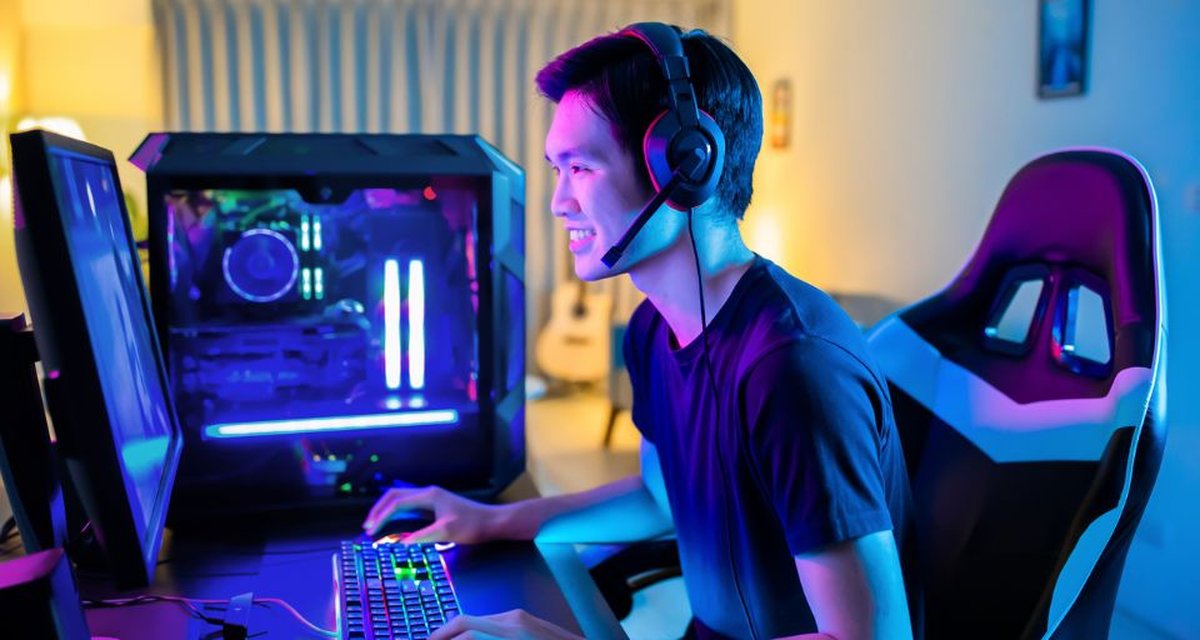
By Vitor Haueisen.
The term web 2.0 is used to describe the second generation of the internet, where the content to be consumed by users began to be created by their own consumers (UGC – user generated content), in virtual communities. Platforms such as Wikipedia or social networks are clear examples of web 2 communities, although such concepts can be observed throughout the internet today.
In recent years, we can observe a similar trend in some of the most played games today: platforms such as Minecraft Marketplace, Roblox or Fortnite Creative Mode have emerged as a transformative force for the world of video games.
These platforms allow your own players create and share content within the game itselffacilitating the development and publishing of these experiences. This trend not only represents a change in the way games are developed and consumed, but also represents a convergence between technology, creativity, communities and the principles of Web 2.0.
UGC gaming platforms are positioned to continue to grow and innovate.
The rise and success of these platforms point to a future where creativity and personalization will be increasingly valued by players. As the demand for unique and personalized gaming experiences continues to grow, these platforms are likely to become increasingly popular, integrated, and sophisticated.
In this context, there is an extraordinary opportunity for brands that want to explore the potential of the gaming market to carry out advertising.
Through UGC gaming platforms, brands leverage the user base of these platforms to engage their target audience in an interactive and engaging way.
By creating custom content or collaborating with gaming communities to develop content related to your brand, These companies increase user engagement and build a deeper connection with their fan base. This can range from creating themed items or characters to facilitating the development of entire game experiences based on branding or campaigns.
Despite this potential, it is crucial that brands approach this strategy with sensitivity and authenticity, ensuring that the content is relevant to gamers and not just a form of advertising, thus respecting the integrity of the gaming community.
With the potential to shape the future of gaming and offer new opportunities for brands to engage with their audiences, UGC gaming platforms are therefore positioned to continue to grow and innovate. By embracing this trend and exploring its possibilities, brands expand their presence in the world of video games and create more meaningful connections with gamers today and tomorrow.
****
Vitor Haueisen is Co-founder and CTO of Rogue Unit.
Source: https://www.tecmundo.com.br/voxel/286520-plataformas-jogos-ugc-convergencia-entre-web-2-0-criatividade-publicidade-marcas.htm


